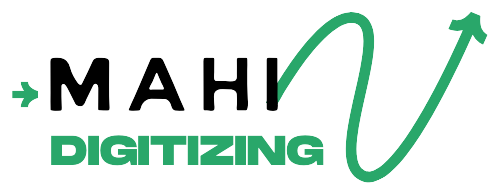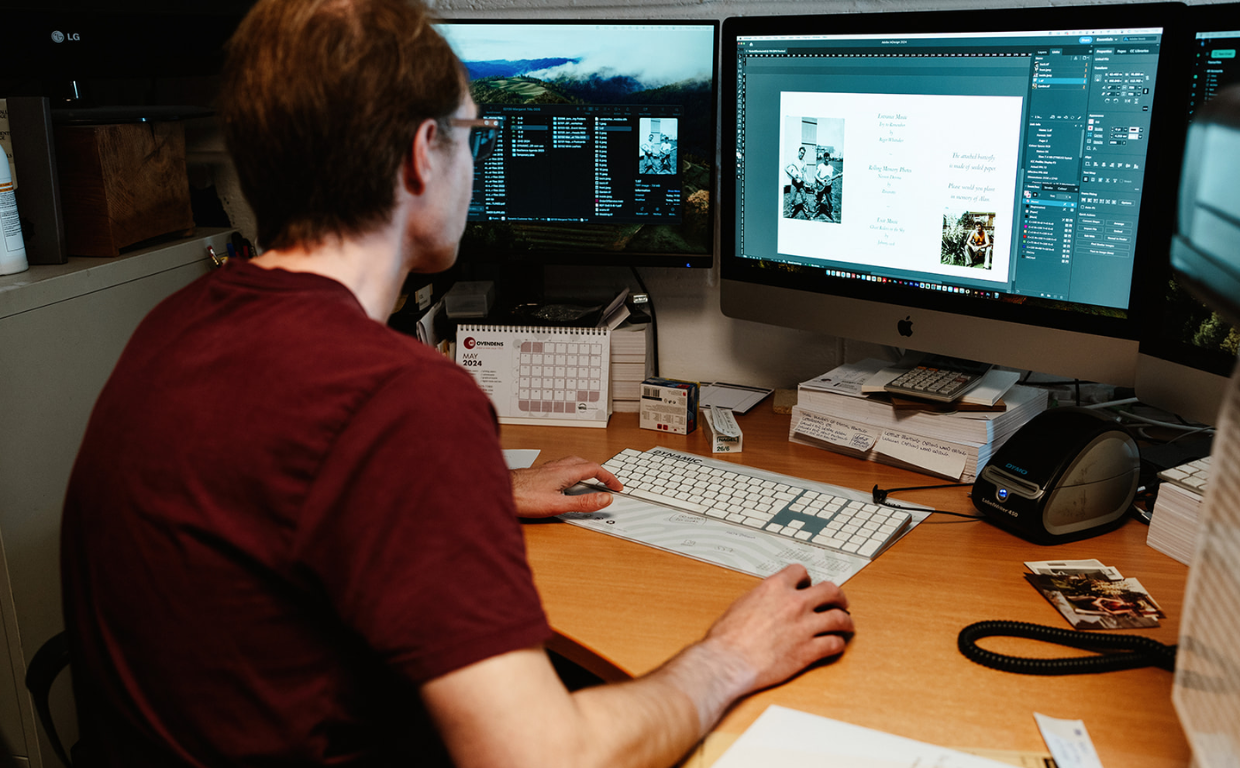When preparing artwork for printing on apparel, merchandise, or signage, scalability is everything. A true vector file maintains crisp edges and clean details at any size—whether it’s a business card or a billboard. At Mahi Digitizing, we specialize in converting designs into 100% scalable vector files. Here’s how you can ensure your file is truly print-ready and scale-proof.
Use Proper Vector Formats
The first step is to save your file in a true vector format. Commonly accepted scalable formats include:
- AI (Adobe Illustrator)
- EPS (Encapsulated PostScript)
- PDF (when saved from vector software)
- SVG (Scalable Vector Graphics)
- CDR (CorelDRAW)
Avoid using raster formats like JPG, PNG, or BMP, even if saved in high resolution. These are pixel-based and will lose clarity when scaled up.
We always export and deliver your files in clean vector formats, ensuring compatibility with printing equipment and design platforms.
Convert All Text to Outlines
One of the most common scalability issues comes from fonts. If the file is opened on a system that doesn’t have your font installed, it can cause errors or unwanted substitutions.
To avoid this, convert all text to outlines or curves before finalizing your vector file.
This process turns the font into a shape, preserving its look exactly as intended—even if the original font is missing on another device or software.
At Mahi Digitizing, we always check and convert all text elements, so your print is never compromised.
Check for Embedded or Linked Raster Images
A common mistake is embedding raster images (like photos or low-res logos) within vector files. Even if saved as .AI or .EPS, if there’s a pixel-based image inside, it won’t scale without quality loss.
Always inspect your file layers and ensure every element is vector-based—no hidden raster graphics or embedded images.
If you need a photo element, it’s best used in print layouts but not within the core vector artwork intended for scaling or cutting.
We manually inspect every file we produce to guarantee it is 100% vector without hidden raster parts.
Maintain Clean Paths and Anchor Points
Sloppy paths or excessive anchor points can cause rendering problems, especially when the file is scaled or cut on a plotter.
Use simplified, clean shapes with minimal points for smooth scalability and efficient processing.
Curves should be optimized, and stray points removed to keep the artwork clean and manageable.
At Mahi Digitizing, our artists ensure each line and curve is professionally refined to meet high production standards.
Use CMYK or Spot Colors for Print Accuracy
When preparing files for print, it’s best to use CMYK color mode or spot colors (like Pantone) to maintain color consistency across print methods.
RGB is great for screens but may result in inaccurate color when printed.
Ensure your artwork is saved in the right color mode and that colors are labeled clearly, especially if printing via screen, DTG, or sublimation.
We always convert your files to the appropriate color format depending on your print method or request.
Tips for Keeping Your Vector Artwork Fully Scalable
- Design in vector software from the start—avoid raster imports.
- Use the Pen Tool for precise shapes, not the brush or pencil with smoothing off.
- Group objects logically and use layers to keep files organized.
- Use expand or flatten features to finalize effects like strokes or gradients.
- Test by zooming in at 400%+—the edges should remain sharp with no blur.
These practices ensure your file remains crisp, editable, and print-ready at all times.
Why Choose Mahi Digitizing for Vector Artwork
At Mahi Digitizing, we don’t just convert files—we create clean, professional-grade vector artwork from scratch.
Whether it’s a logo, patch, label, or print-ready file for screen printing, we ensure it’s 100% scalable and flawless in any format you need.
We support all major formats, provide same-day delivery on request, and offer unlimited revisions for your satisfaction.
Get a quote today or contact us for professional vector conversion services tailored to your needs.

